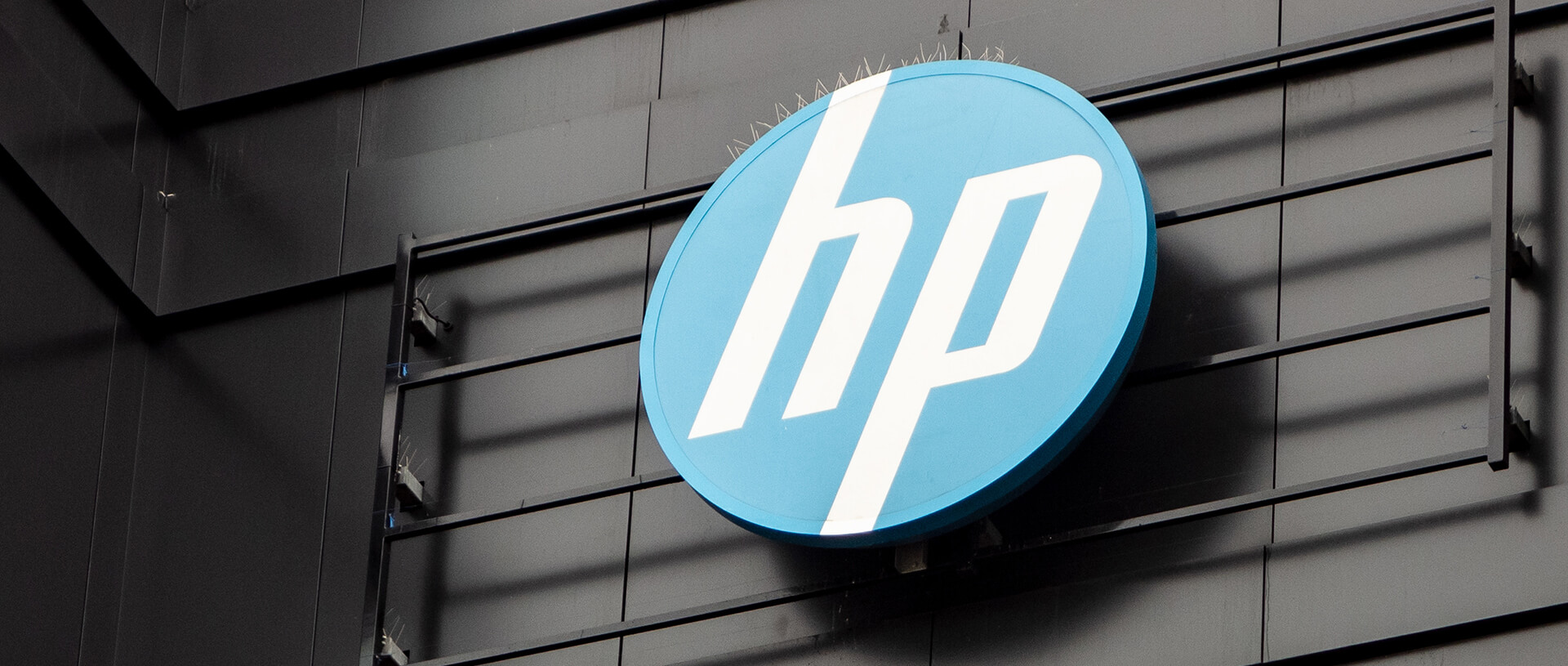HP Inc - which uses its technology to help close the digital divide in society and economy - wants to be more digitally-driven in its business, says Ng Tian Chong, the company's MD for Greater Asia. He also talks about its North Star.
FEW industries have been spared the ravages of the Covid-19 pandemic, but technology stands out as a clear beneficiary of the lockdowns and border closures that have swept the globe this year. With the world now more dependent on technology than ever, it is no wonder that tech tycoons have been lining their pockets during this crisis.
But to Ng Tian Chong, managing director for Greater Asia at HP Inc, the global technology company's responsibility is clear.
"We have a tagline at HP, that says we want to build amazing technology that helps people to have a better life," Mr Ng says, referring to the HP vision to "create technology that makes life better for all". "For me, the role of HP technology through the pandemic is to help with the digital transformation of businesses and education."
As businesses grappled with the changes forced upon them by the pandemic, HP implemented more flexible payment plans and set up a free remote helpdesk support service for a limited time, to help its small and medium-size enterprise users and consumers adapt to remote working.
Across Asia Pacific, HP has led multiple relief initiatives and contributed more than US$1.7 million for Covid testing, essential equipment and relief. In Singapore, it donated over 3,000 personal computers (PCs) and printers to families, schools and communities in need.
In particular, the company has leveraged what Mr Ng calls its "unique position at the intersection of the digital and physical worlds" to render help in its area of expertise - converting digital content into physical assets through capabilities like 3D printing.
It has 3D-printed more than 158,000 pieces of essential medical equipment to meet healthcare needs in the region, and made many of the design files available for free online.
"HP is in a very unique position with our technology, being able to be an on-ramp to the digital world as well as the off-ramp to create physical things, printing output and objects," Mr Ng says.







